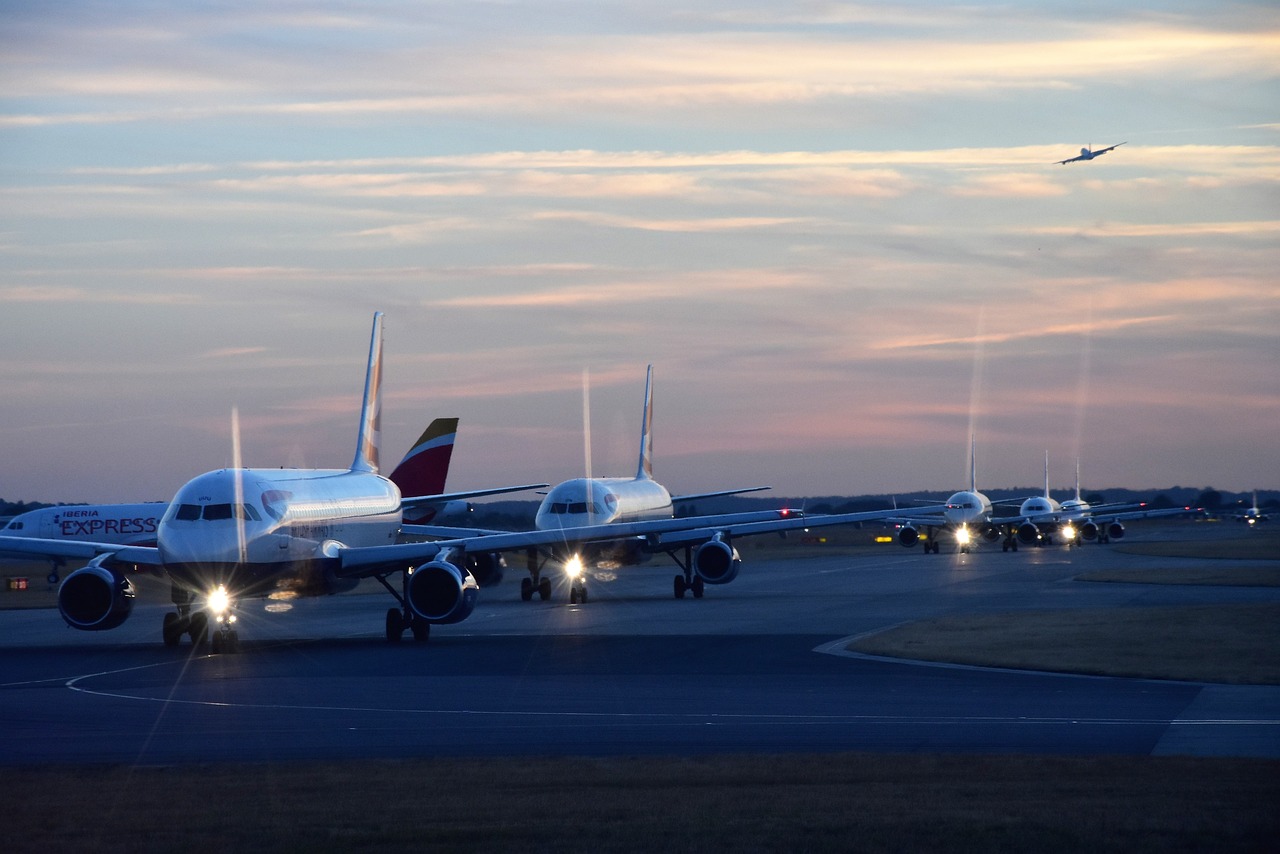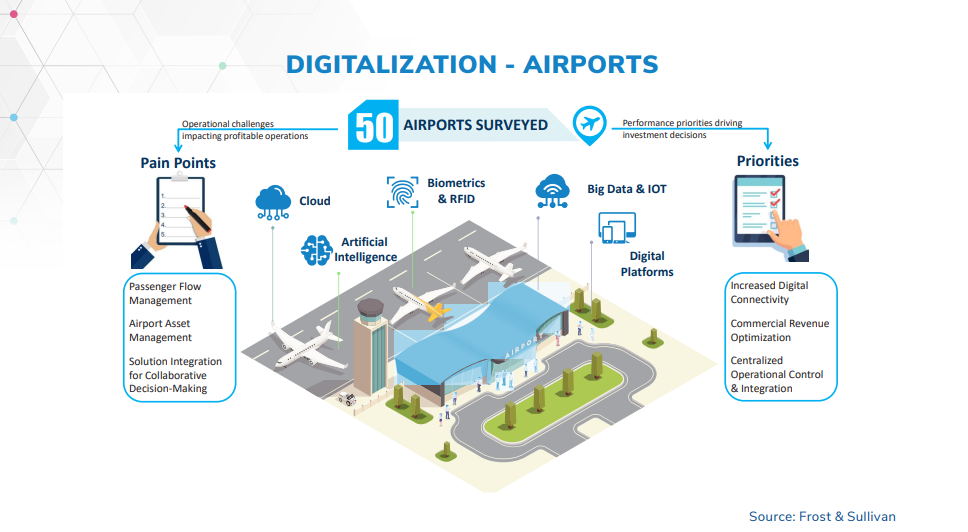The aviation industry stands at the forefront of technological innovation, continually striving to enhance safety, efficiency, and reliability. As digital transformation accelerates across all sectors, the aviation industry is embracing open-source software as a cornerstone of its digitization efforts.
However, with the adoption of open-source solutions comes the imperative to ensure the security, reliability, and integrity of aviation systems. Securing open-source software in aviation is not merely a best practice; it is necessary to safeguard critical operations and protect passengers, crew, and assets. To understand more about this topic let’s explore our findings based on a simple desk (digital) research.
CODE REVIEW AND AUDITING
Implementing thorough code review processes is paramount to identifying and addressing open-source software components’ security vulnerabilities. By conducting regular audits of the codebase, aviation organizations can ensure compliance with industry standards and best practices, thereby enhancing the overall security posture of their systems.
PATCH MANAGEMENT
Vigilance is key to security updates and patches released by open-source software vendors and communities. Establishing robust patch management procedures enables aviation organizations to promptly apply security fixes and address known vulnerabilities, mitigating the risk of exploitation by malicious actors.
DEPENDENCY MANAGEMENT
Monitoring and managing dependencies within the software stack is critical to identify and mitigate risks associated with third-party libraries and components. Utilizing dependency scanning tools facilitates the detection and resolution of vulnerabilities in upstream dependencies, thereby bolstering the resilience of aviation systems.
STATIC AND DYNAMIC ANALYSIS
Employing static and dynamic analysis tools enables aviation organizations to assess the security posture of open-source software throughout the development lifecycle. Conducting static code analysis identifies potential security flaws in the source code, while dynamic analysis tools detect vulnerabilities during runtime, providing comprehensive security coverage.
SECURITY TESTING
Comprehensive security testing, including penetration testing, fuzz testing, and vulnerability scanning, is essential to identify and remediate security weaknesses in open-source software applications and infrastructure. By proactively addressing vulnerabilities, aviation organizations can enhance the robustness and resilience of their systems against cyber threats.
SECURE CONFIGURATION
Configuring open-source software components securely is imperative to protect sensitive data and resources. By following industry best practices and hardening guidelines, aviation organizations can mitigate the risk of exploitation and unauthorized access, safeguarding critical operations and assets.
SECURE DEVELOPMENT PRACTICES
Fostering a culture of security within development teams is essential to promote secure coding practices and ensure adherence to coding standards and guidelines. By conducting security training and awareness programs, aviation organizations empower developers to integrate security considerations into every stage of the software development lifecycle.

CONTINUOUS MONITORING
Implementing continuous monitoring and logging mechanisms enables aviation organizations to detect and respond to security incidents in real time. By monitoring system logs, network traffic, and user activity, organizations can identify potential security threats and breaches, enabling timely intervention and remediation.
COMPLIANCE AND CERTIFICATION
Ensuring compliance with relevant regulatory requirements, industry standards, and certification criteria is paramount when using open-source software in aviation systems. Validating compliance with standards such as DO-178C for avionics software and DO-330 for software tool qualification instills confidence in the security and reliability of aviation systems.
VENDOR RISK MANAGEMENT
Evaluating the security posture of open-source software vendors and communities is essential to mitigate risks associated with third-party dependencies. By assessing security practices, incident response capabilities, and track records, aviation organizations can make informed decisions and enhance transparency and collaboration with reputable vendors and communities.

CONCLUSION
Based on the above we can conclude that securing open-source software in the aviation industry is not a choice; it is an imperative. By adopting these security measures and best practices, organizations can effectively mitigate risks associated with open-source software and enhance the overall security of their systems and operations.
As the aviation industry undergoes digital transformation, it is imperative to implement proactive security measures to protect vital operations and maintain optimal levels of safety and reliability. The general public must comprehend the significance of digitization in the aviation industry while also recognizing the criticality of security in the digital realm. Upholding stringent standards for both hardware and software is paramount to ensure the integrity of aviation systems and mitigate potential risks.
Sources
CISA. March 7, 2024. CISA Announces New Efforts to Help Secure Open Source Ecosystem.
Frost & Sullivan. May 2022. Innovations in airport sustainability, digitalization & urban air mobility.
Orkun Altintas, Director Consulting Aerospace & Defense (EMEASA). Airport show 2022.
Arnow, M. February 7, 2023. OPINION: The Impact of Open-Source Software on the Aviation Industry. Avionics International.
Bera, R. September 6, 2023. Strengthening Open Source Software: Best Practices for Enhanced Security. Open Source Security Foundation.
Dolan, M, Osborne, C, Wheeler, D.A, with contributions from Ramaswami, A. September 27, 2023. The United States Securing Open Source Software Act: What You Need to Know. Open Source Security Foundation.









